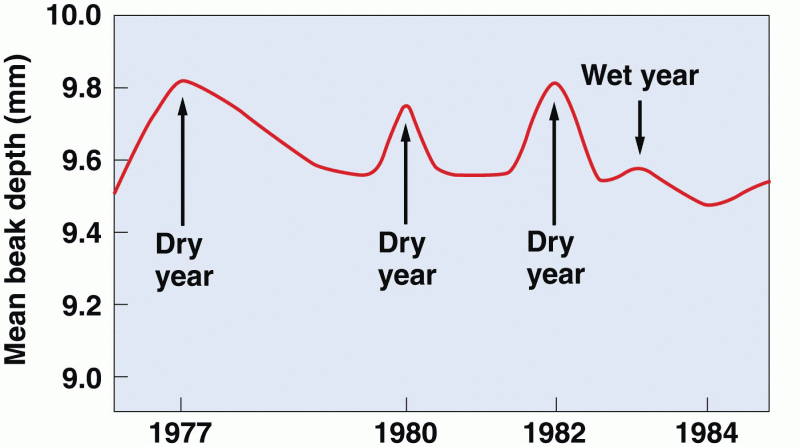Ed is a 55-year-old man who has been treated for psoriasis for a number of years. He is being seen in the office because of increasing pain and stiffness in his neck. Physical exam showed several areas of patchy, raised red areas with scaling typical to psoriasis. Exam of his cervical spine showed stiffness with some moderate loss of motion. He also had increasing pain on motion, grimacing several times as I had him move his neck side to side. An x-ray was taken of the cervical region bony proliferation along the anterior cervical spine and narrowing of the apophyseal joint space. The patient has previously tested negative for rheumatoid factor.
In addition to the psoriasis, Ed has been treated for type 2 diabetes for a number of years. He's currently controlling his blood sugars with Byetta, 10 mg. BID. His last A1C hemoglobin was 6. He also has pernicious anemia and self-injects B12 (cyanocobalamin) 10 mL three times a week.
Based on the results of the physical exam and x-ray, the doctor diagnosed Ed with psoriatic spondylitis. He discussed the various treatment options, including conservative treatment with NSAIDs, and a more aggressive treatment with TNF drugs such as Remicade, Enbrel, and Humira. Ed stated he wanted to think about the various options and check to see what his insurance company would cover. The doctor asked Ed to return in a week, so they could develop a treatment plan. He also wrote new scripts for Byetta and the cyanocobalamin and syringes.
First-listed diagnosis: ________
Secondary diagnoses: ________
Fill in the blank with correct word.
Question 2
Sally is 25 years old. She arrives at the doctor's office complaining of large pimples on her scalp, especially at the back of her head and along her neck. She said while she knew she was not supposed to pop my zits, when she had tried doing so, she was unable to express anything from them. She also said the itching was driving me nuts.
Physical exam showed several large, follicular papules along the hairline on the back of her neck, around her left hear, and two along the hairline on her forehead. The exam also showed crusting, dry, dark scabs, the result of intense scratching.
Dx: Acne necrotica miliaris
Plan: Treat with mincycline one month and return to office for follow-up.
First-listed diagnosis: ________
Fill in the blank with correct word.
 The relationship between number of acres a Kipsigis man owns and the number of offspring he has duri
The relationship between number of acres a Kipsigis man owns and the number of offspring he has duri
 Correlations on tests for a number of cognitive abilities are higher for monozygotic twin pairs (who ...
Correlations on tests for a number of cognitive abilities are higher for monozygotic twin pairs (who ...





